If you’re planning a trip to Bolivia, you’ve come to the right place. I had the opportunity to go there for 3 weeks and I loved my experience However, I couldn’t find much information to help me plan my trip. So I’ve compiled all the information I could find to help you. In this article you’ll find everything you need to know before your trip to Bolivia. Then you can read my Ultimate guide to a few days in La Paz or Ultimate guide to visiting Lake Titicaca.
Before going any further, don’t forget to follow me on Instagram, on Pinterest and on Youtube. You can also watch my Bolivia vlogs on Youtube.

How to get to Bolivia
In my case, I was coming from Canada. I didn’t have a direct flight and the two options were to change in Miami or Panama City. I preferred to change in Panama City because the schedule was more convenient for me, and the wait between the two flights was also more reasonable. My flight was Toronto – Panama City, Panama City – Santa Cruz de la Sierra. I also imagined that Panama City airport would be less busy than Miami. And it’s true that in that respect, navigating the airport was pretty straightforward.
To give you an idea of travel time, I took a 9:42am flight from Toronto, arriving in Panama City at 2:16pm. I left Panama City at 3:36pm and arrived in Santa Cruz de la Sierra at 9:25pm. Mind you, there was an hour’s difference between Toronto and Panama.
The last argument I’ll give you to encourage you to stop in Panama rather than Miami is the view during the journey and the landing in Panama City, which starts in the middle of the forest. You can see more in my vlog of my first day in Bolivia.
A little extra advice if you’re planning to change in Panama. It was extremely hot in March when I was there. Dress in layers that are easy to remove if you need to in the airport while waiting. Make sure you have something to nibble on, as the selection on the plane was very unappetizing and the portions were small. On the second flight, you’ll be asked to fill out 2 documents. Have a pen and the address of your accommodation in your notes to make this step easier.

Travel documents to Bolivia
Visa for transit country
If you’re traveling through the United States, you’ll need to apply for an ESTA. My fellow Canadians, we don’t need one. If you’re going through another country, make sure you don’t need a visa for that country. Even if you’re just changing planes and not leaving the airport.
Length of validity of your passport
As with many countries, Bolivia requires that your passport be valid for at least 6 months after your stay in the country. Check the dates carefully before booking your ticket. Have your passport reissued if necessary, so you don’t get stuck.
Tourist visa for Bolivia
If you plan to stay less than 90 days in Bolivia and you are French or Canadian, you do not need a tourist visa. However, if you have another nationality, you’ll need to check whether you need a visa. For example, I went there for a wedding; French and Canadian people didn’t need anything, but Americans had to apply for a tourist visa. Take this into consideration, as the process can take longer. Remember to give yourself enough time to get it in on time.
You can check the Sherpa website for visa information for each citizenship.
Visa conditions may change, so this note is for information purposes only and I encourage you to check the official sites before your trip.
Travel insurance
It is not mandatory to enter the country. But I always recommend that you get a travel insurance when you travel. See if you have it with your benefits if you’re in Canada, or with your credit card.

Preparing for the airport in Bolivia
Completing the Bolivian entry document
When you arrive at the airport, the agent will give you a document to fill in online within 48 hours. You’ll need to fill in your personal details and the address where you’ll be staying. And you’ll also need proof from your hotel or airbnb that you’ll be staying there. I had no trouble obtaining this by requesting it directly from my host on Airbnb.
But be careful! If you don’t fill out this document within 48 hours, you’ll be fined when you leave the country. In our group, some people didn’t do it and had to pay a fine on leaving the country. I’m not sure of the exact amount, but it was around $100 if I’m not mistaken. Still too much for a document you can easily fill out within 48 hours of arrival.
Airport taxes
When you leave Bolivia, you’ll have to pay a tax. The tax is 25USD. I therefore recommend that you keep 25USD in your passport during your stay, so that you’ll be safe on the day you are leaving
Lock your suitcases securely
I recommend that you use padlocks on your suitcases. I recommend it for all trips, but especially for this one. The people who accompanied us and who didn’t have padlocks saw some of their belongings disappear after passing through the Santa Cruz airport. Here’s an example of a suitcase lock if you need recommendations.

All you need to know about traveling to Bolivia
Language spoken in Bolivia
If you’re planning a trip to Bolivia, remember to brush up on your Spanish before you go. It will simplify your day-to-day interactions, as very few people speak English. And honestly, people always appreciate it when you try to speak their language. It also enabled me to connect with the locals and learn more about the country’s culture.
Currency and money
The currency used in Bolivia is the Boliviano. Most payments are made in cash in Bolivia. Except in shopping malls, I paid cash everywhere. You can also pay with American dollars, but to be accepted, the bills must be in very good condition. Be careful, as I said in my article about a few days in Essaouira, Morocco, when you use another currency, be sure to give bills rather than coins. The locals can’t exchange coins at the exchange office.
For withdrawals and payments, you can also set up an account with Wise and get a bank card. It’s quite easy to use, you just have to transfer from your main account to your Wise account and you’ll be able to pay in local currency.
Water
Beware of drinking tap water in Bolivia. The quality of the water and the metals it contains make it unsuitable for drinking.
It gets dark early in Bolivia
Bolivia’s position on the globe means that nightfall is fairly linear throughout the year. Unlike France or Canada, where our days are much longer in summer and shorter in winter. If I’m telling you this, it’s because I didn’t know it until I got there. During my stay I worked from there, and I have an article about my experience as a digital nomad. I thought I could work during the day and visit in the evening. Except that by 6.30pm it was pitch dark. Good to know when planning your days out.
Time change in Bolivia
Bolivia does not change time. They do not observe summer or winter time.
Plugs in Bolivia
So that’s really interesting because the plugs were really special. I was able to put in my French plugs and my Canadian plugs. So if you’ve got either, you’re in luck!

SIM card in Bolivia
Maybe this part isn’t for the French, who have a great phone plan for cheap and let you travel everywhere without paying more. But for us living in Canada, it’s a different story. It costs us an arm and a leg, so we find alternatives. You can choose to have an e-sim in your home country. If you choose to get a Bolivian sim card, you can look for an Entel store. You can ask them for a sim card for the duration of your stay. You’ll need your passport as proof of identity to open this temporary line.
Internal flights in Bolivia
To travel around the country, you can use the BOA airline.
Altitude in Bolivia
Beware of altitude if you’re traveling near La Paz. As I said in my blog post, I suffered quite a bit from the altitude when I arrived in the Bolivian capital. I went from Santa Cruz de la Sierra, at an altitude of 400m, to La Paz, which is at an altitude of over 3,500m. You may want to bring some pills for altitude sickness.
Climate in Bolivia
Another tip for preparing your trip to Bolivia: be prepared for different climate. When I was in Santa Cruz, I was so hot. However, on the way to La Paz it was much cooler, especially at night, so the extra plaids left by our AirBnb were not a bad idea!
Culture in Bolivia
If you have the opportunity to visit several places in Bolivia, you’ll see that not only are the climates and altitudes different, but the cultures are also different from one side of the country to the other. For example, the Santa Cruz side of the country had more modern habits and even buildings, whereas the La Paz side was more traditional.
I hope all this helps you have a good trip to Bolivia. It really is a beautiful country. Tourism isn’t really their priority, so you have to do a lot of research on your own. If you go there after reading my article and the info was useful to you, don’t hesitate to say hi to me on Instagram by tagging me or sending me a few photos!Bon voyage !
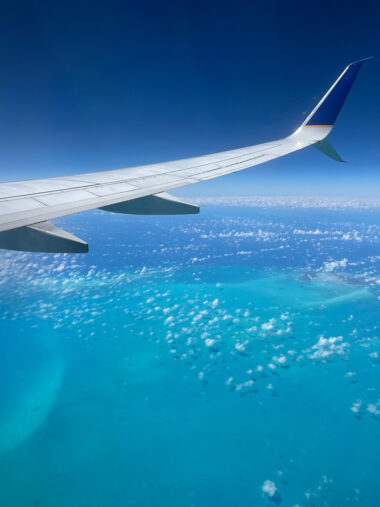
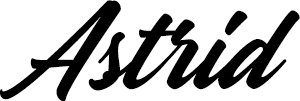



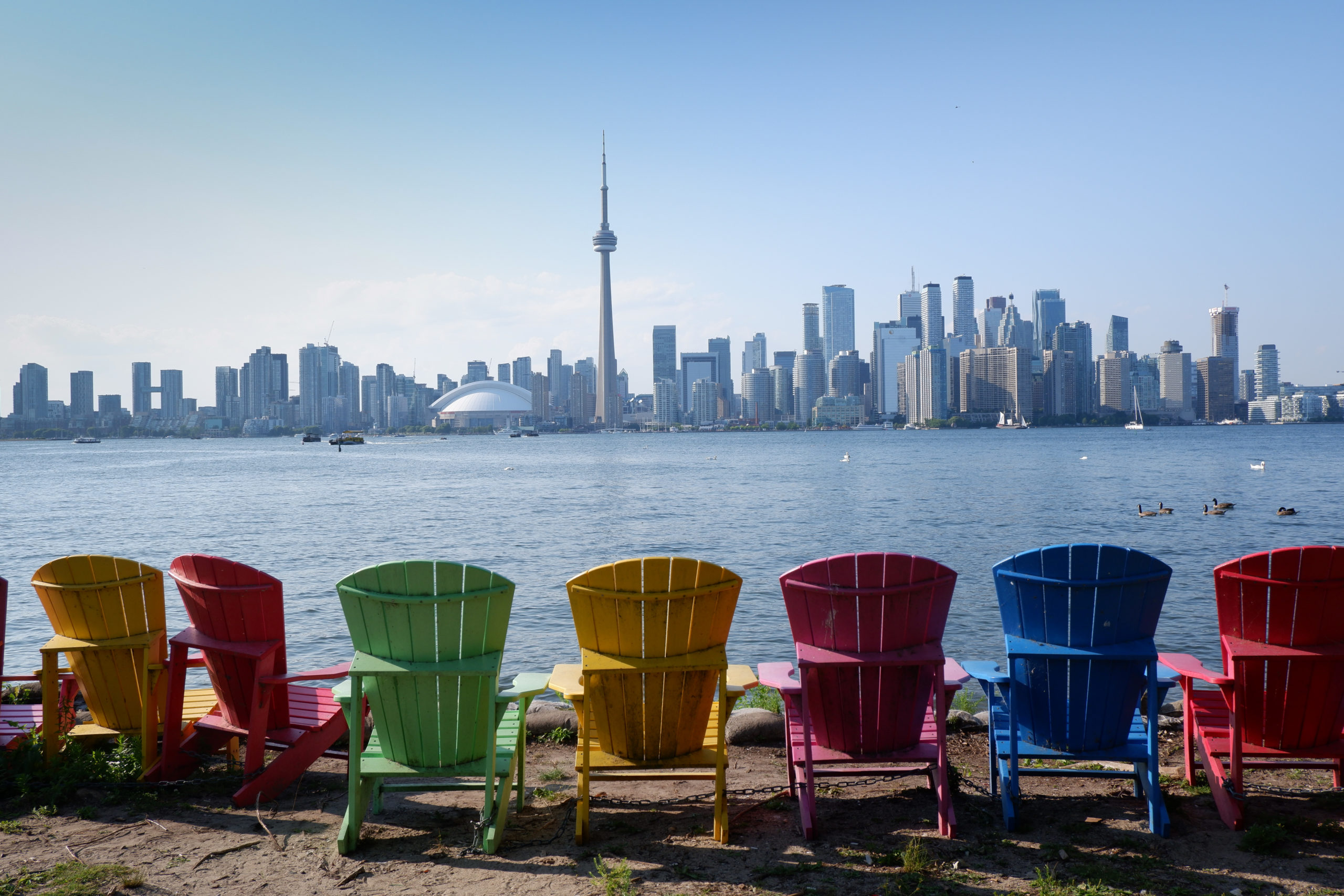





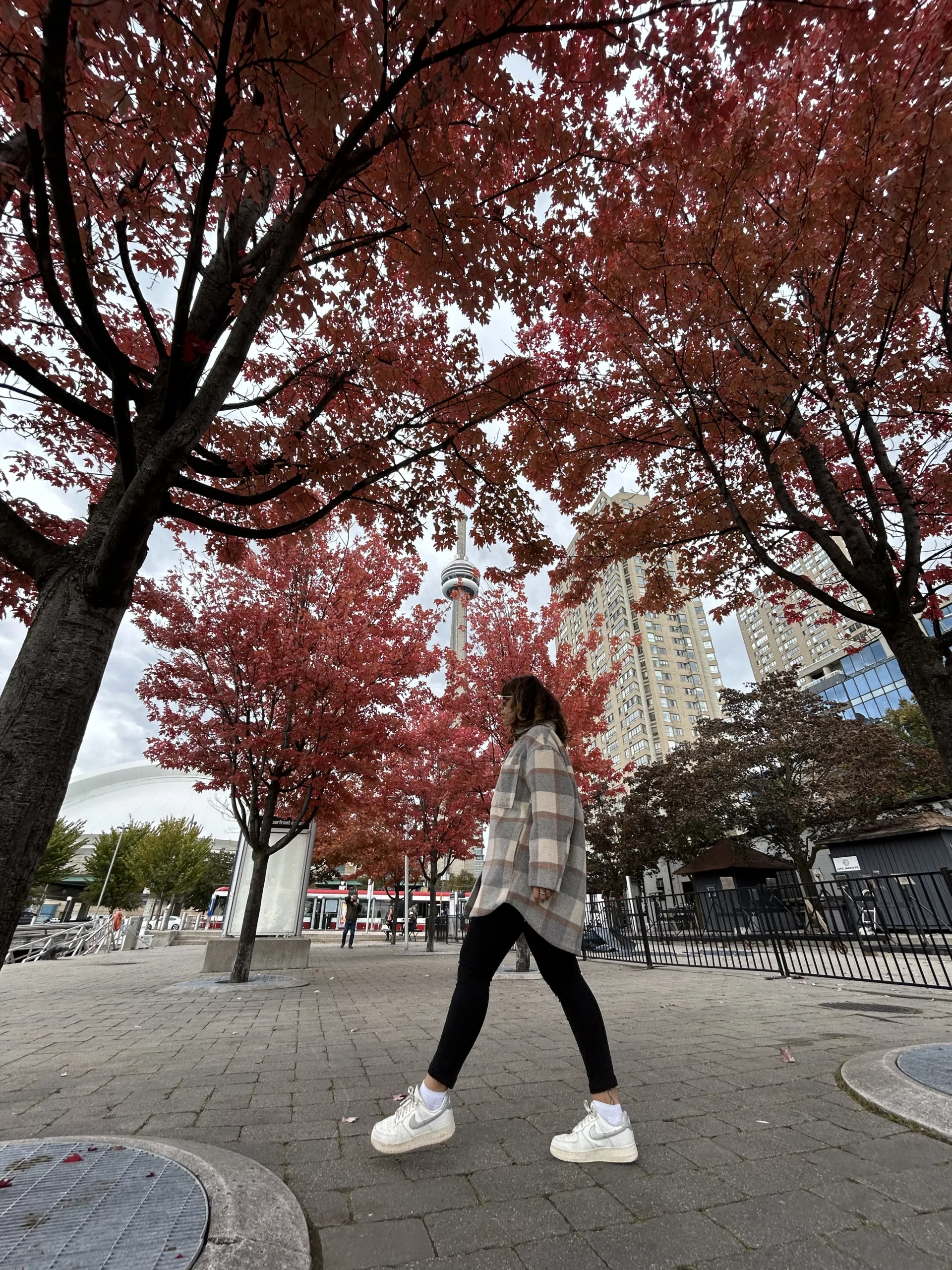
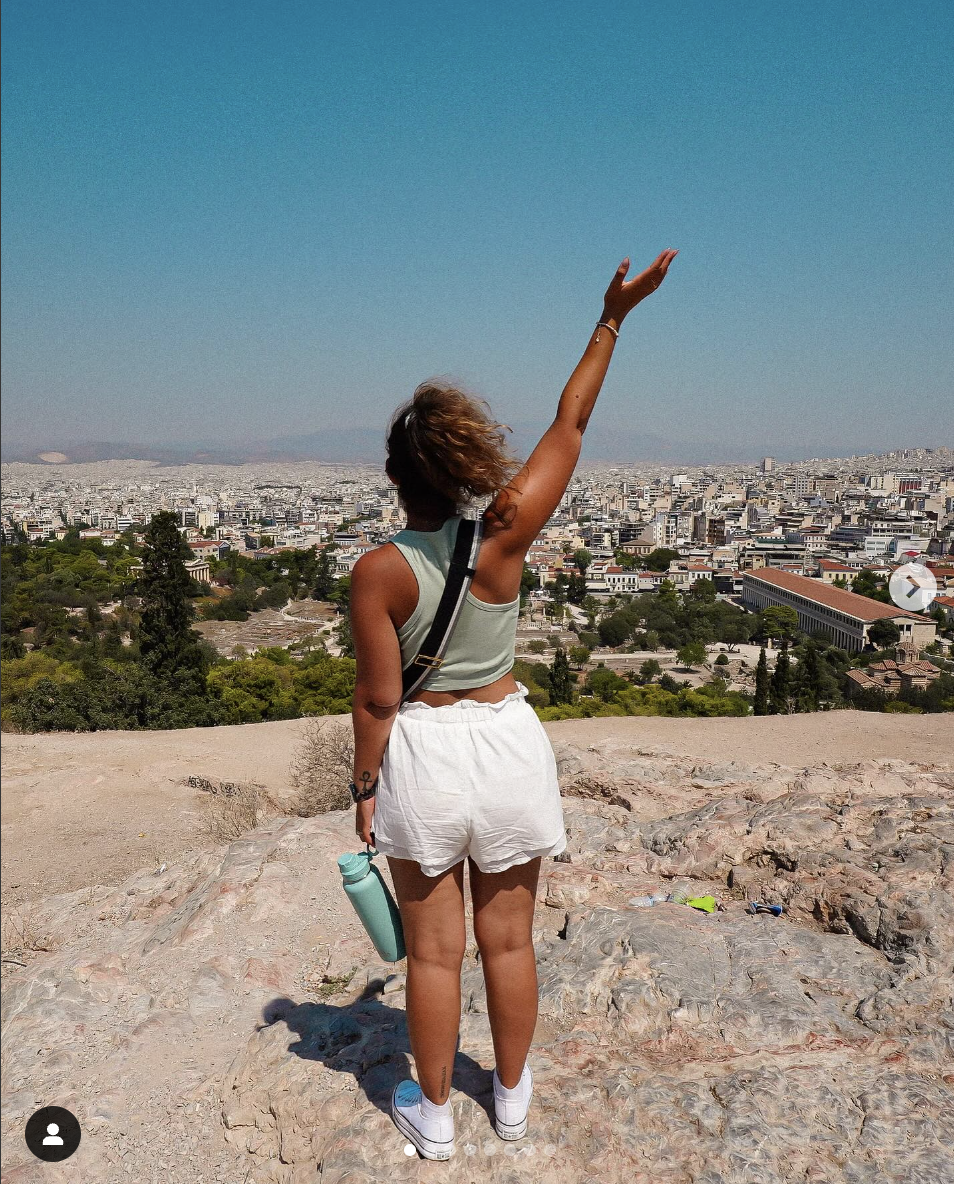
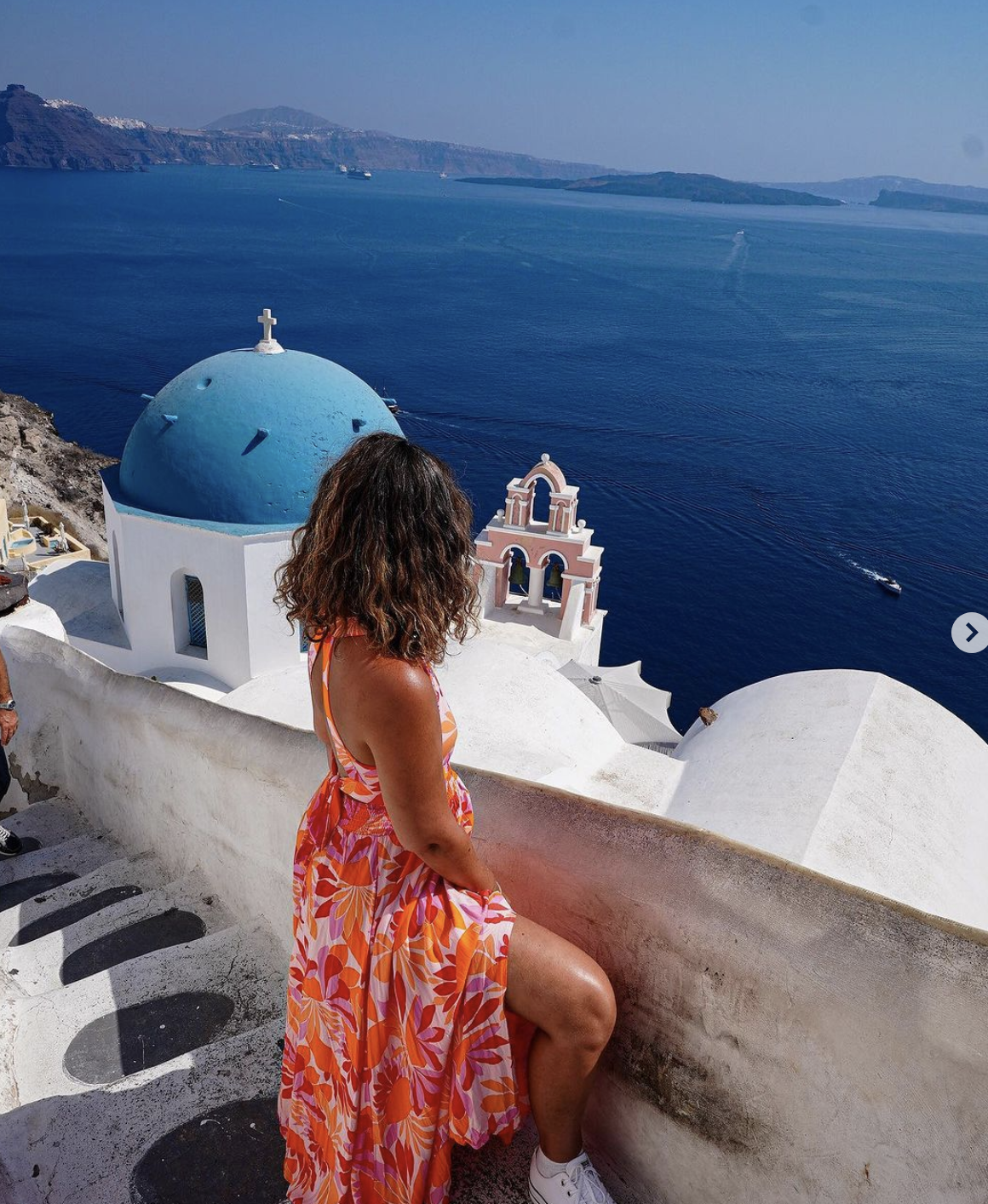

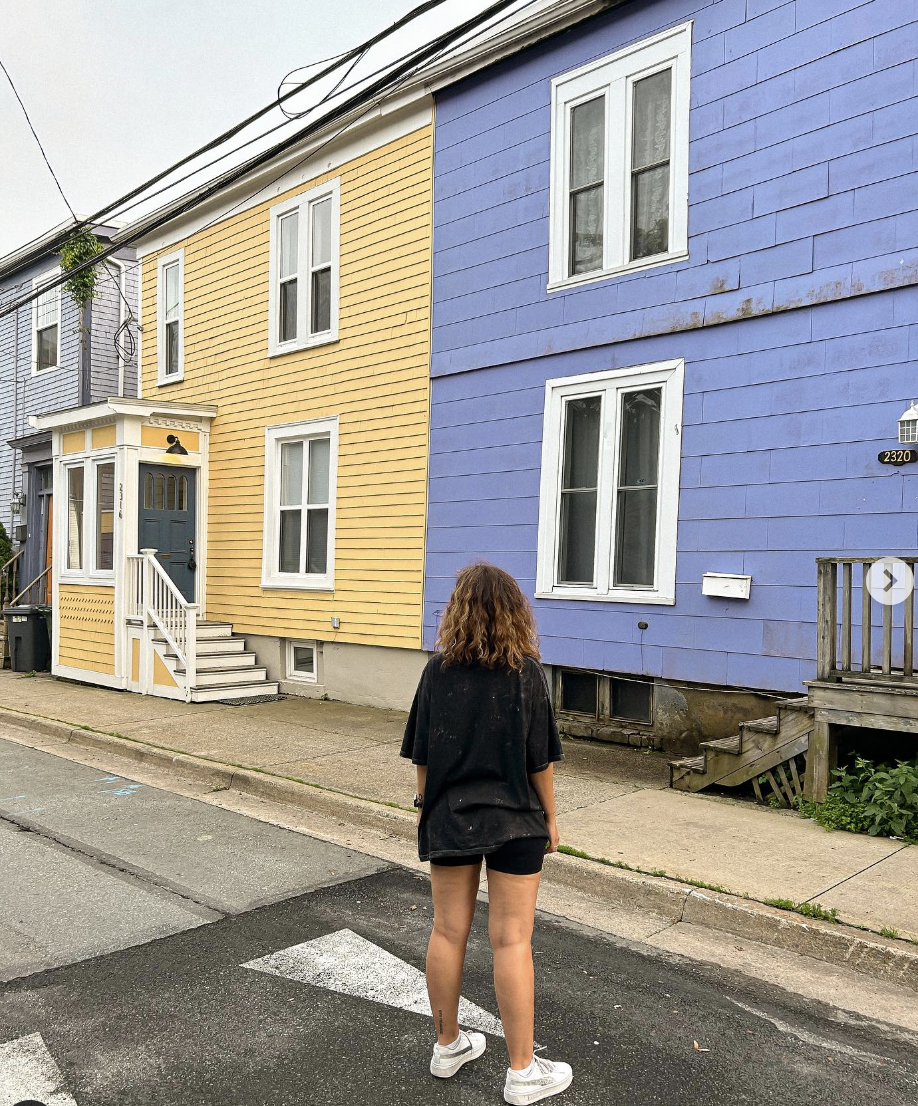
3 comments